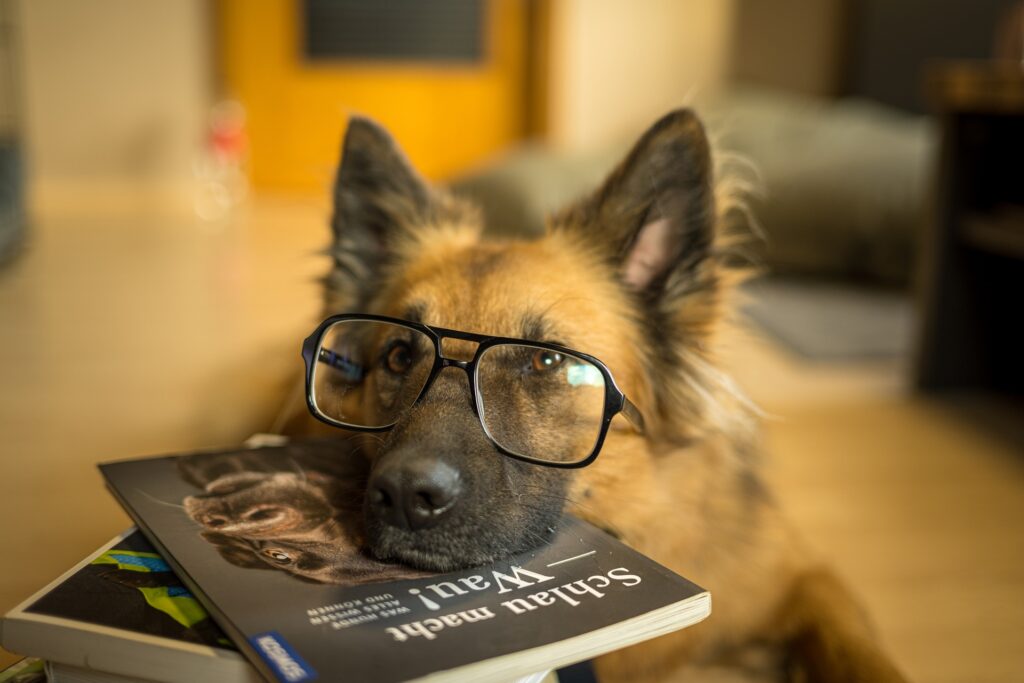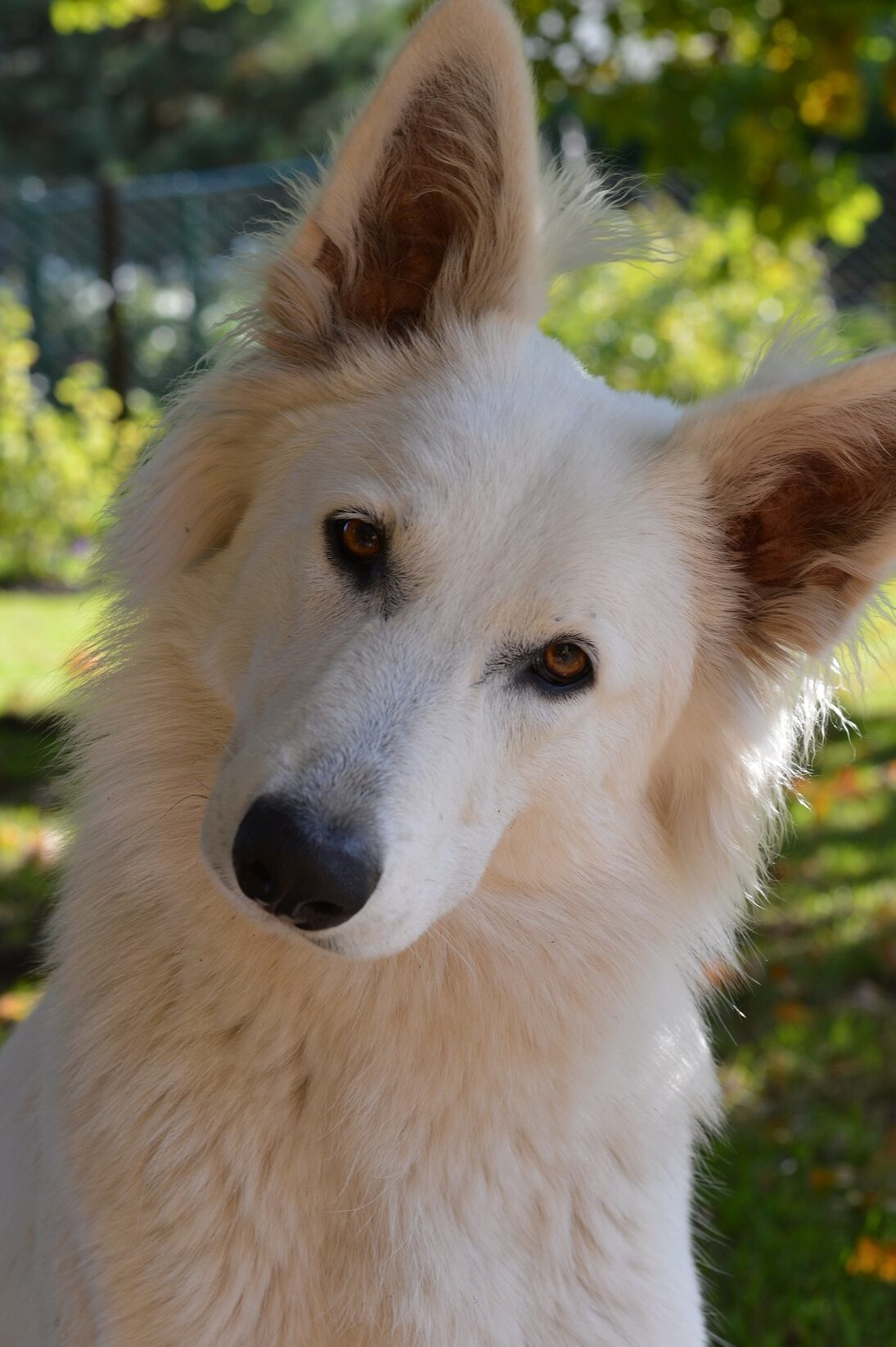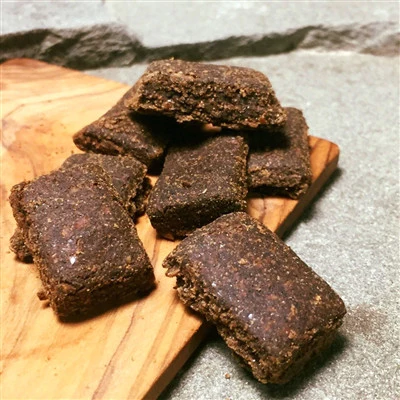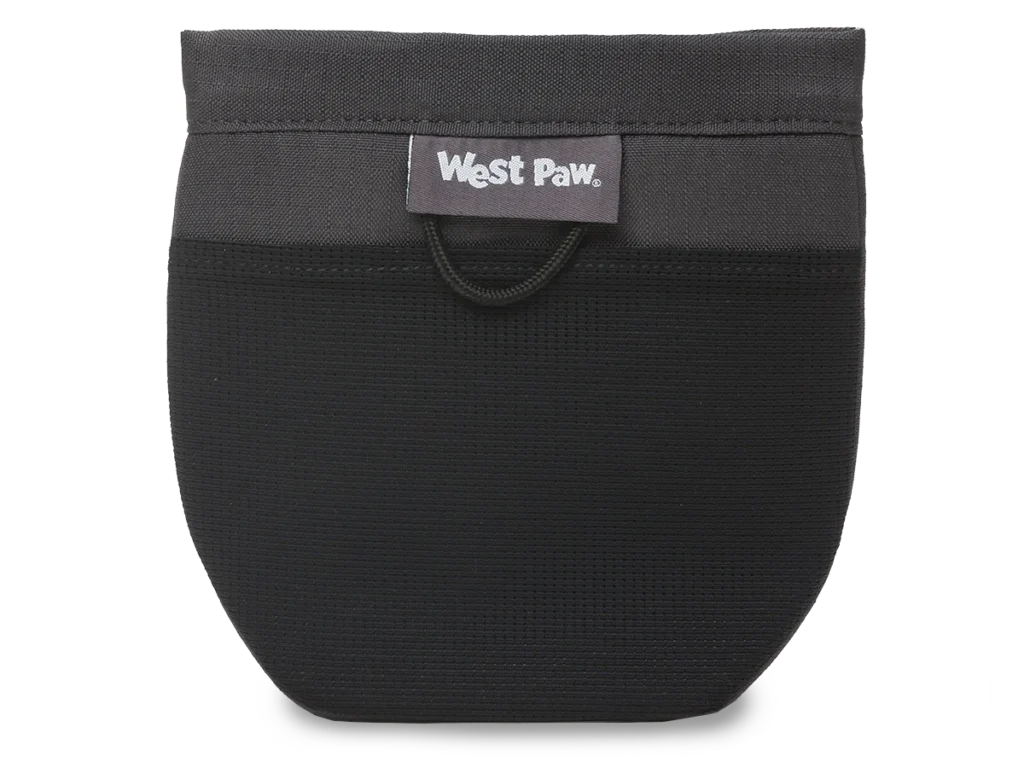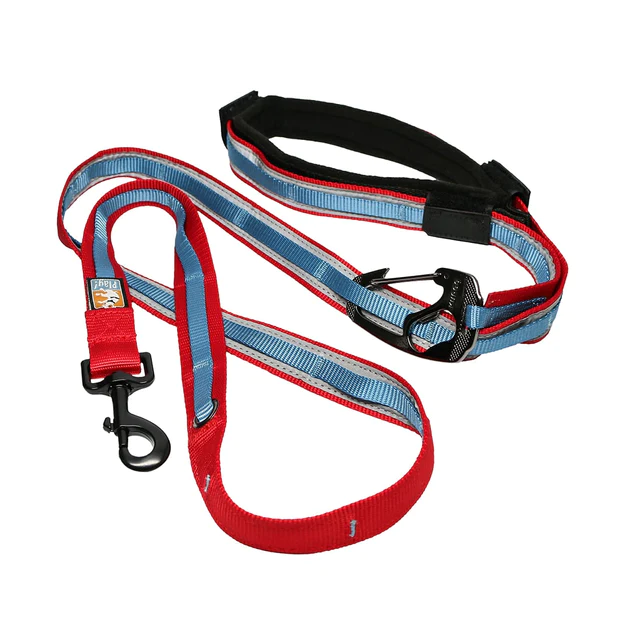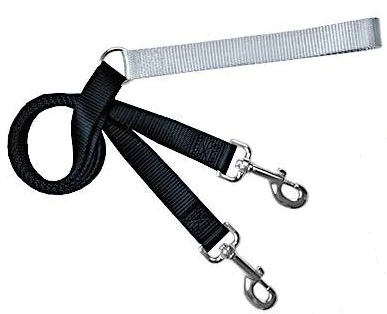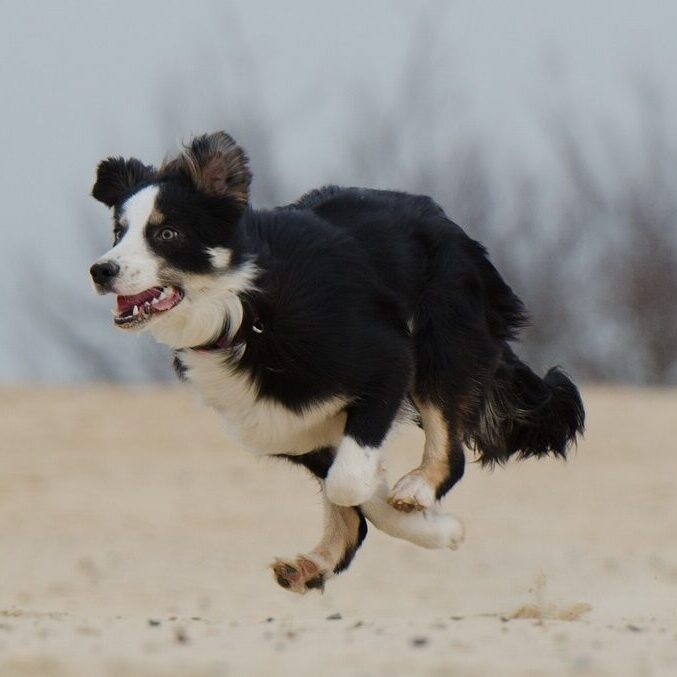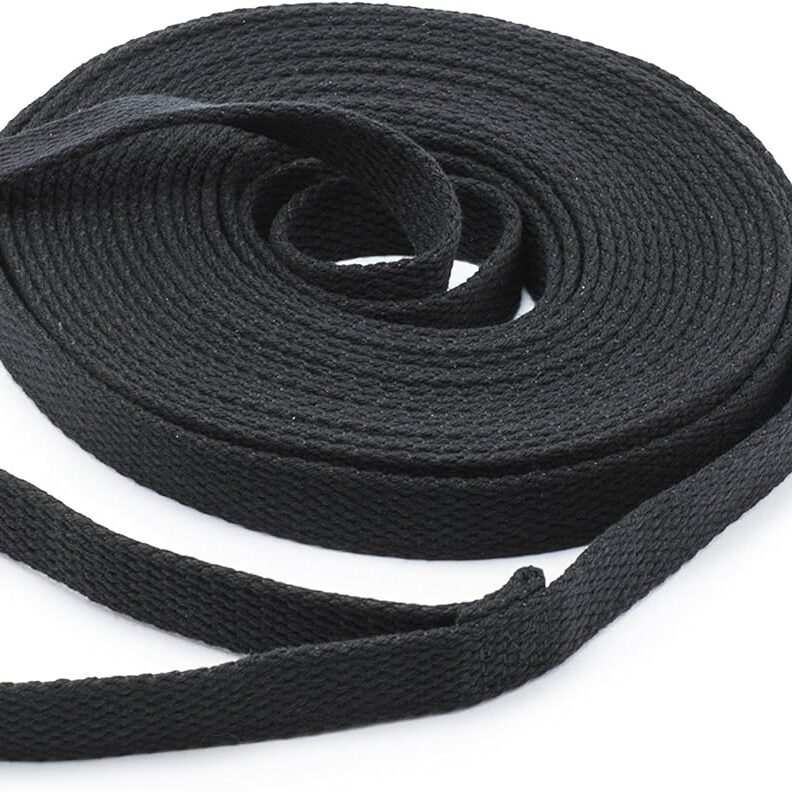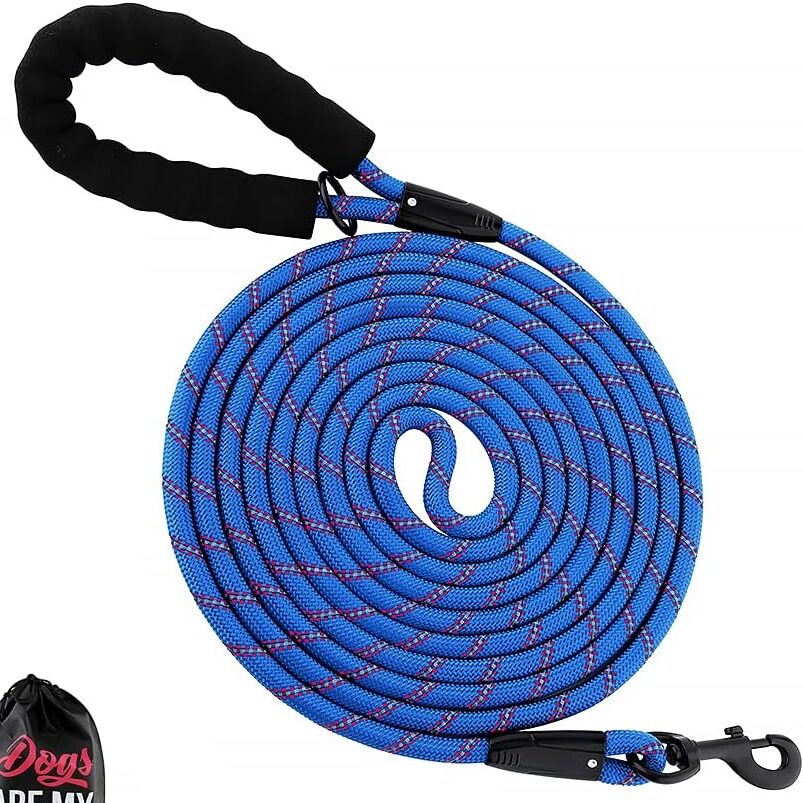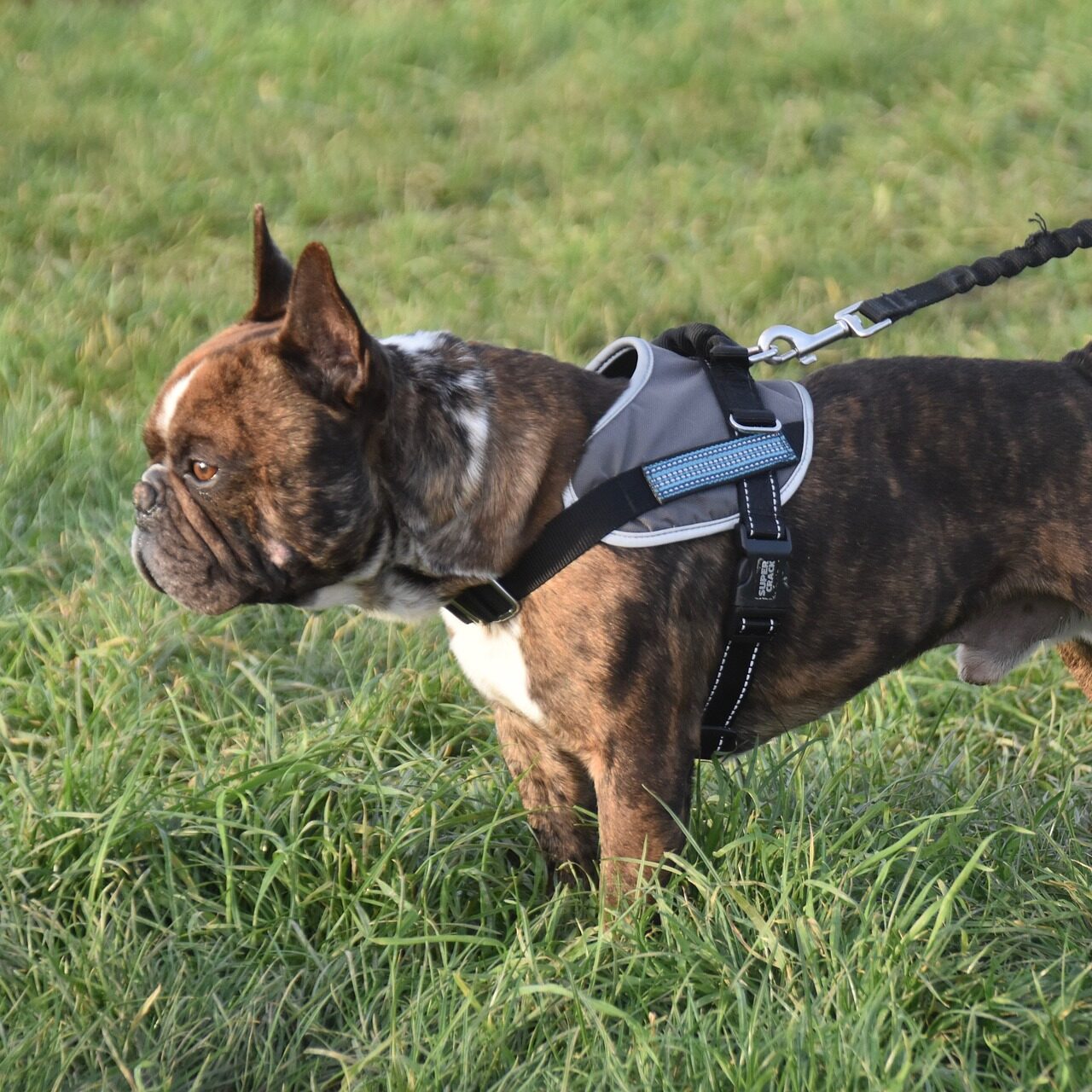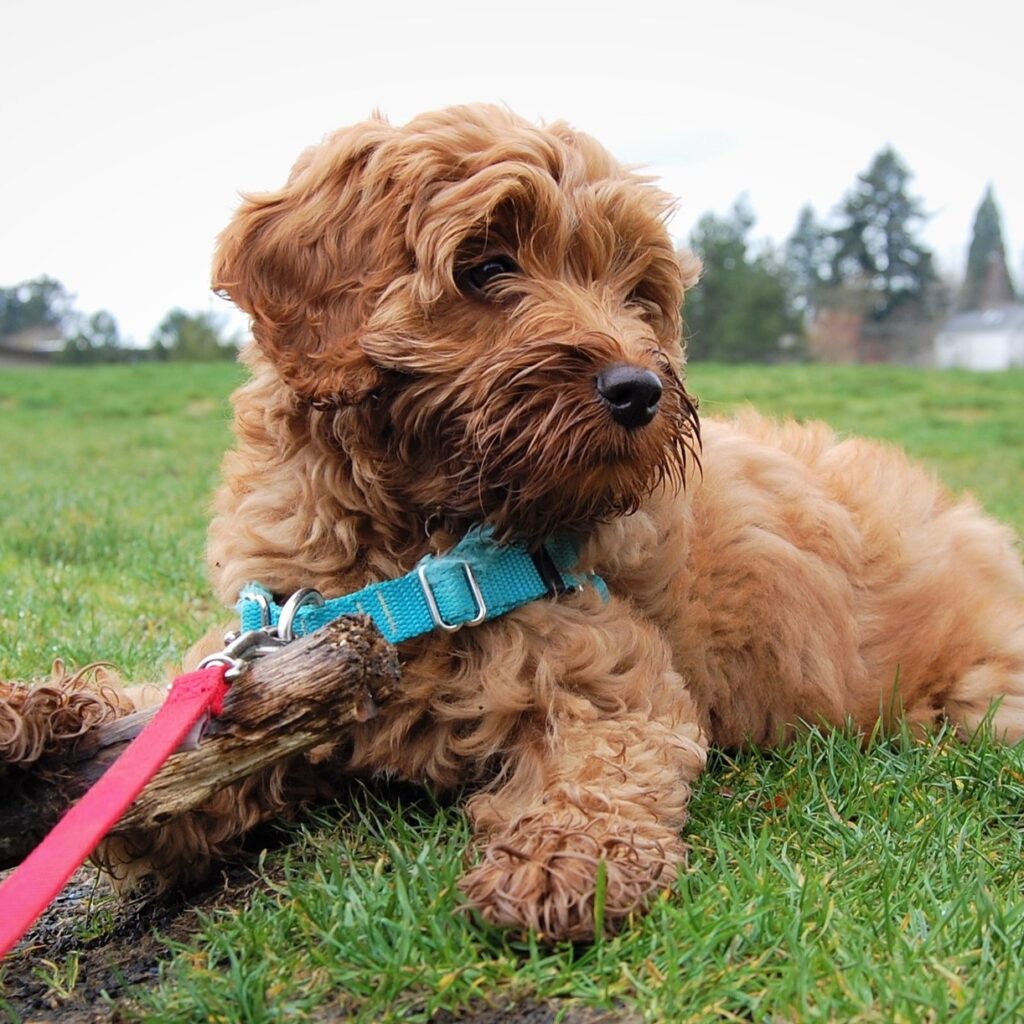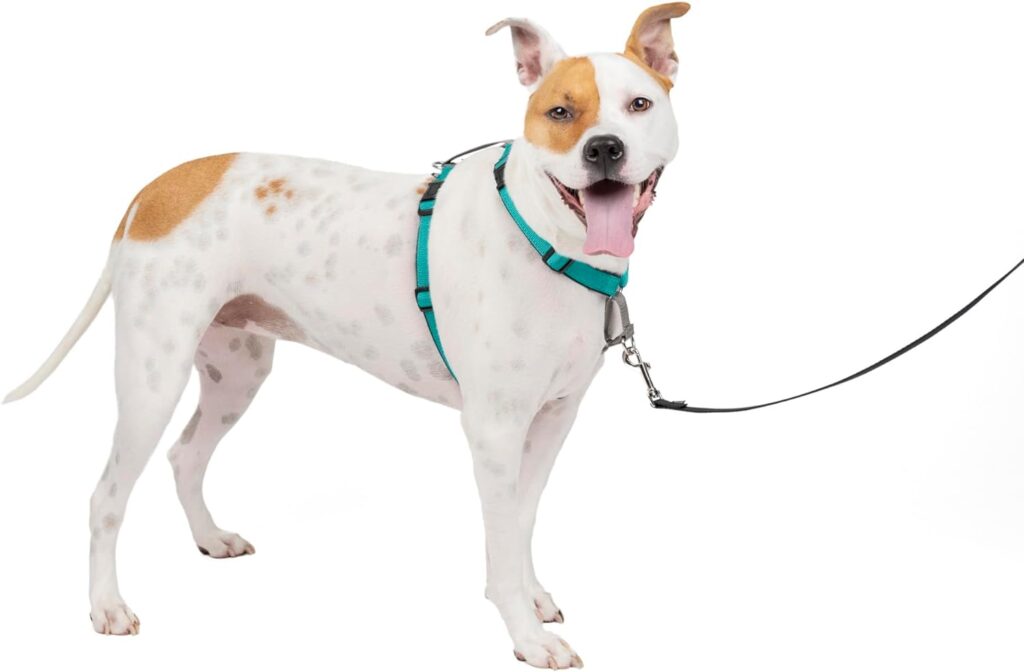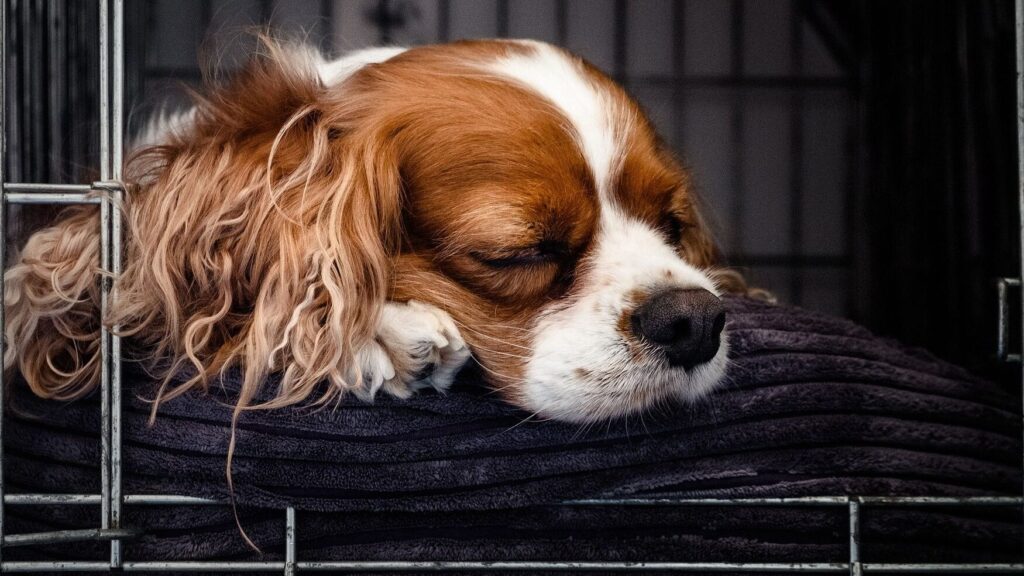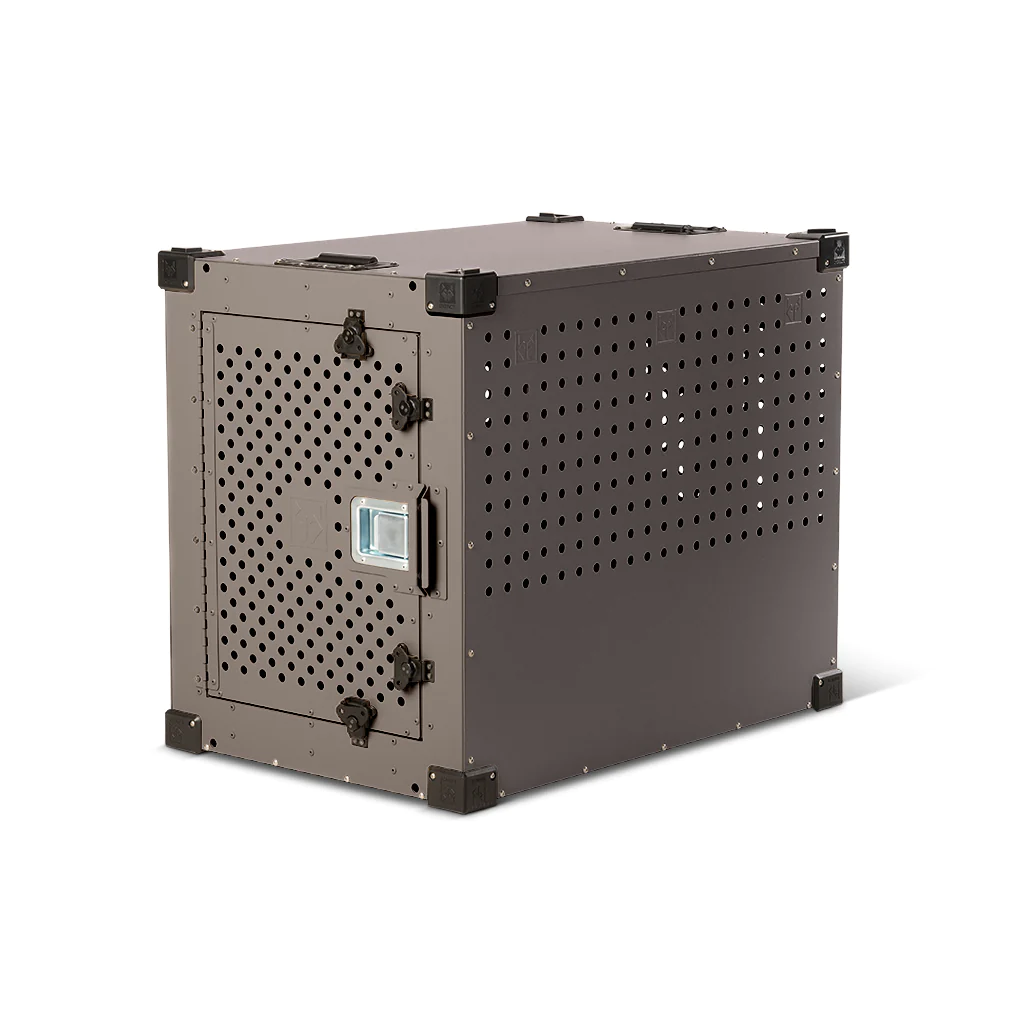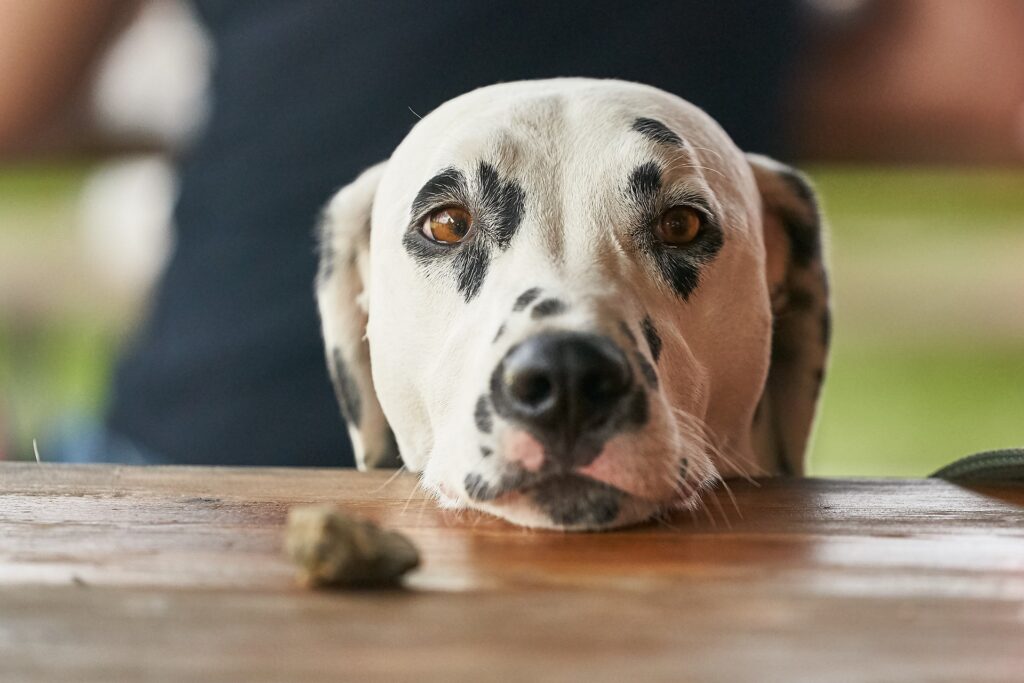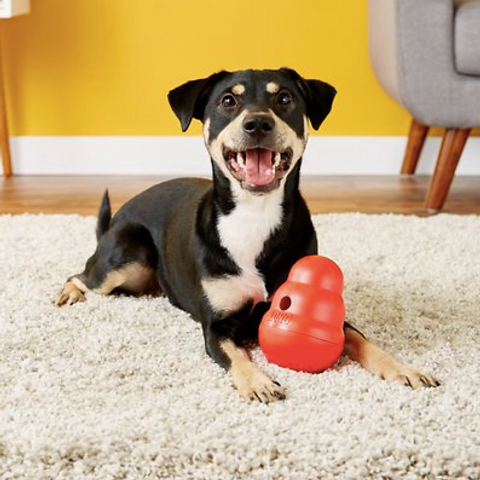School supplies for your dog are just as important as school supplies for people. Think about it. When we go to school, we don’t show up empty-handed. We have to bring along pens, pencils, and paper, or maybe a laptop.
School supplies help us have the tools we need to learn and process information. If you want your dog to be able to learn on their training journey, you’re also going to need some basic supplies to support them.
We’ve got the list just for you. These basic supplies can be a part of many training plans and can help make your dog’s learning easier. They’ll also make your life easier, too.
Here is our list of 8 supplies you should have on hand for training your dog.

Soft Treats:
If you’re wanting to reward your dog for good behavior, you want to be the most interesting person in the room. Dogs can easily get distracted and need a good incentive to pay attention.
While most dogs are interested in their kibble and training with kibble at home can work, it’s always a fantastic idea to have the next level up when things get distracting.
Soft, smelly, and small are the three “S’s” of dog training treats. Using these can make all the difference when you are trying to train around distractions. In the beginning, almost everything is a distraction. Many training treats are lower in calories per treat than bigger cookies, so you can use more of them. Using smaller treats also means that your dog will have an easier time eating them and will be ready for the next one.
As always, find the right balance between giving your dog enough treats to reward them and not giving too many to create a tummy ache. This is one of the reasons to keep training sessions short. If you have any concerns about what treats are safe and healthy for your dog, make sure to partner with your vet and ask questions.
Our favorite training treats: Jiminy’s Chewy Cricket Treat Pumpkin Carrot Oats
Why we like these treats: These treats are a huge hit with our clients’ dogs during our training sessions. They are the perfect size and can be broken in half for super tiny pups if necessary. Many dogs with protein sensitivities also do well with these treats.

Treat Pouch:
Treat pouches make training easier when you are on the go. If you have pockets on you, that may work out, but treat pouches are designed to be easy to reach into.
Regular human pockets are too big and too deep for training treats, and you may have to dig around to find them. This can clog up your training sessions and make rewarding your dog difficult.
We want training to go as smoothly as possible. It’s much easier when we don’t have to think about getting a treat out of our pocket. It’s also nice to have your hands free and not have to hold treats.
Kathleen’s favorite treat pouch: Outings Dog Treat Pouch
Why we like this treat pouch: Our trainer Kathleen uses this pouch when training her own dog at home. This pouch is easy to open and snaps shut, which means that you can move and groove and treats won’t spill. The inside liner is water-resistant, which means any messy treat situations stay contained. The last feature we love is the outside pocket which is good for storing poop bags or keys.

Leash:
Leashes aren’t just for walking your dog. They’re also great training aids. It’s important to keep your dog safe during training sessions and to limit practicing unwanted behavior. When doing many of our training set ups, leashes come in handy to control the space our dog is in.
For example, using a leash on your dog when you work on guest greetings can make all the difference. If you have grandma come over and Fido knocks her down, that could be a tragedy. But, if you had Fido on a leash while someone let grandma into the house, you could work on teaching Fido to go to his place, sit, or lay down instead.
A leash can work wonders as a safety belt to keep your dog where they need to be. This helps them succeed and can also keep others safe from your enthusiastic dog who doesn’t understand how big they are (or how big they are going to be when they grow up!)
Aiden’s favorite leash: Quantum 6-in-1 Dog Leash
Why we like this leash: Having a versatile leash means having options. This leash has the ability to be hands-free, which means more hands for training or moving with your dog. This leash is also longer for when you want to give your dog some more room to safely explore. Our trainer Aiden uses this leash for his own dog’s adventures and loves it.
Kathleen’s favorite leash: Freedom No Pull Training Leash
Why we like this leash: This leash is designed to hook up to two points on a dog and works best with a harness that has both a front and back clip option. This leash is one that Kathleen uses for her own dog at home and gives her the extra control she needs when she needs it.

Long Line:
On the topic of leashes, sometimes your standard 6 footer isn’t enough for training set ups.
For example, let’s say you are working on recall with your dog. Things are going great in the house and so you want to try going outdoors. You can start with your dog on leash at a small distance of 6 feet, but how are you going to work on longer distances? It’s not safe to just drop the leash in public or the front yard, and even if you drop the leash in a fenced in backyard, what are you going to do if your dog wanders farther away than they are ready for? Long lines come in handy here.
Personally, I recommend that beginners start with a 15 to 20 foot long line. If you are more experienced at handling long lines, going 30 feet and above is possible, but make sure you’re ready. Handling a long line takes practice and I typically spend time with my clients teaching them how to use this tool safely so they don’t get tangled up.
Aiden’s favorite long line: PetSafe Cotton Dog Training Lead
Why we like this long line: This long line’s best quality is the thickness of the line. Buying cheap long lines can result in a line that is too thin and can slice your hand open with too much friction. While learning how to handle a long line is important to prevent accidents, having a line with a thicker weave can help you keep better control of the situation.
Kathleen’s favorite long line: Plutus Pet Long Rope Dog Leash, with Comfortable Padded Handle
Why we like this long line: Our trainer Kathleen likes that this long line comes with a comfortable handle and is reflective, making it great in low light situations. The rope texture feels better in hands and allows for a good grip when needed.

Front Walk Harness:
When teaching your dog to walk on leash, it’s handy to have a tool that discourages pulling. A harness that hooks up on the front of the dog on their chest can decrease pulling power. While this tool alone won’t teach your dog to walk nicely on leash, it can give you the leverage you need to stop your dog from getting themselves into a sticky situation.
Think of it like power steering for your dog. Traditional dog harnesses hook up on the back of the dog, which can actually give them more pulling power. While a traditional dog harness could give you more hand-holds, it still requires your full strength to hold your dog back if they make a poor choice.
Harnesses hooked up to the front of the dog use physics against them, so when they pull, they turn around to where the leash is hooked up. This makes pulling more difficult.
While you could look into doing a traditional collar for walking instead, if your dog is pulling on that collar too much they can do damage to their trachea. Collars are great for ID tags, but teaching a dog with a history of pulling people down to walk nicely on leash might require the helping hand of a front walk harness.
Our favorite front walk harness: PetSafe 3-in-1 Reflective Dog Harness
Why we like this harness: This harness allows for lots of adjustability. Dogs come in a range of sizes and having a harness that allows for a perfect fit is important so it can do its job properly. Plus, this harness allows the dog’s shoulders to move with ease. Some front-walk harnesses have a strap that goes around the front of a dog’s shoulders, which can restrict movement and mess up their gait. With this harness’s Y-front design, this is not an issue. Our trainer Aiden has used this in the past to work with his own dog on leash training with great success and results.

Crate:
The reality of life and training is that we can’t keep our eyes on our dogs all the time. Having a space your dog can safely be in when they are unsupervised can keep your dog from practicing unwanted behaviors.
If you are wanting to teach your dog to leave items alone in the house and you need to go shower, it probably isn’t a good idea to let them roam unsupervised. Having an environment that is controlled when you are not watching them helps prevent problems before they start.
You could and should dog-proof your house to some extent, but when left alone, dogs can get bored and curious. Just because they left the TV remote alone when you were in the room doesn’t mean that when you leave for an hour, they won’t think about what that TV remote might feel like on their teeth. Many dogs are naturally curious and will seek out stimulation when left alone.
When it comes to crate size, you ideally want a crate that is big enough for a dog to get in, stand, turn around, and lie down comfortably. If you have a puppy, you may want to consider getting a crate with a divider that can make the crate bigger or smaller as necessary and will give them room to grow.
Dogs do need time to acclimate to crate training and most of them do not take to it naturally. Make sure to work with your trainer on the best way to acclimate this tool to prevent confinement anxiety from occurring.
There are many different crate styles available on the market. Talk to your trainer about what style may best suit your needs.
Our favorite escape-artist crate: High Anxiety Crate
Why we like this crate: This crate is known for its durability and safety. Some dogs really struggle with escaping from their crates which can be unsafe. This design provides peace of mind knowing it is escape proof.
Our favorite wire crate: MidWest iCrate Fold & Carry Double Door Collapsible Wire Dog Crate
Why we like this crate: This crate comes with a divider panel, which is great for growing puppies and dogs. Having two doors is also a bonus because it allows the crate to be put in different places in the home. Sometimes a side door is more convenient than a front door. The last feature we like about this crate is how the closure mechanism is designed. The lock doesn’t just slide over. It has a hook that helps keep your dog from sliding it back open from the inside. The designers also created a “paw block” near the closure to keep dogs from playing with the mechanism as easily.

Baby Gates:
Gates are a game changer when it comes to training set ups and training plans. Your dog may not be ready to have access to the whole house yet when you bring them home. Dogs need certain skills to be around certain distractions, like people cooking in the kitchen.
Crating your dog isn’t the only way to keep them away from tempting items. A gate can help you make sure they aren’t getting into any trouble when you’re working through these temptations. I also know families and people who need a break from doing training and need to be able to take care of themselves first.
For example, you may be working on teaching your dog to lay down on a mat while you cook dinner. If you want this to be successful, you’ll have to break down this process into small enough steps so your dog gets the idea.
If your training is going well, you may reach a point where you can get out the cooking supplies and put them on the counter, maybe even open the fridge and close it. But when the training session is done, you still need to make and eat dinner. Training while hangry can be a nightmare.
Putting up a gate to block off the kitchen while you take care of yourself is a great solution. While you are not actively training your dog, the gate will keep them from practicing coming into the kitchen while you cook and therefore not undo all the training you are working so hard on.
Gates can also be used to block a dog from a front door area to prevent door dashing or jumping on guests. Sometimes life happens while you’re working on dog training and you need a solution to get you through until your dog’s learning has advanced to handle real life moments.
Our favorite doorway gate: MidWest Steel Pet Gate
Why we like this gate: This gate has an auto-close feature that our trainer, Aiden, really likes. He uses this gate to block off the kitchen area from the dogs he lives with. He finds it easy to use and likes that it has the ability to swing in both directions. It has survived moving out of state and has successfully kept 3 different dogs out or in depending on what was needed at the time. He also likes that the gate has straight vertical bars which are difficult for a dog to climb.

Food Puzzles and Chews:
Dogs can get bored. Sometimes our capacity to work their brains isn’t up to snuff that day. We have lives and stressors, too. Maybe you’re exhausted from a long work day and can’t even think. All you want is some R&R.
For your dog who has been waiting for you all day, this conflicts with their stimulation needs. They have mental and physical energy to spare.
Enter in, food puzzles.
Food puzzles can be a great way for dogs to work their brain muscles by trying to get food out of toys or objects. Some food puzzles can also get your dog moving around to exert some physical energy. You can either make these at home or buy some that are pre-made. Both options are great choices for different dogs and families.
Edible chews are also a great way to keep your dog entertained while you take some time for yourself. Licking and chewing is great for dogs’ dental health and helps them relax.
I often recommend having puzzles and chews already made up in advance so you can pull them out when you need them. Having them pre-prepped makes life so much easier when your own batteries are running low.
Our favorite puzzle: KONG Wobbler Dog Toy
Why we like this puzzle: While not great for dogs who long to chew, this toy is great for dogs who like to use their bodies and their brains. Aiden has used this puzzle toy for a family dog who would get more excited for it than her own bowl of kibble! The toy rights itself when knocked over and the dog has to knock it around to get food to fall out. This created great fun with movement and was entertaining for the whole family.
Our favorite chew: KONG Extreme Dog Toy
Why we like this chew: While this toy is not edible, the hollow nature of it means you can put whatever edible goodies inside for your dog to puzzle out. This version is the exact kind our trainer Aiden uses for his own dog at home and came in handy when she was much younger and energetic. Having a dog with food allergies, Aiden needed something for his dog to chew on that he could put her own food in since regular chews often had ingredients that would upset his dog’s stomach. You can also get this toy in a red rubber, which is not as hard as the black rubber. However, if you have a very strong chewer, opting for the black version is the way to go.
We hope you have enjoyed this school supply list. Training a dog can be overwhelming. It’s hard to know what to do, and getting the right supplies to set you up for success is a big chunk of the battle.
If you’re feeling lost when trying to train your dog, you’re not alone. A professional perspective can help you break down your training plan into manageable pieces and help you get the behavior you’ve been longing for.
At Really Good Pets, we love to help people find peace of mind through dog training.
So whether your dog is door dashing, jumping on guests, pulling on leash, or having some more intense issues like aggression, we’re here to help.
See how training can give you peace and a better connection with your canine companion. Message us to get your free consultation today.

